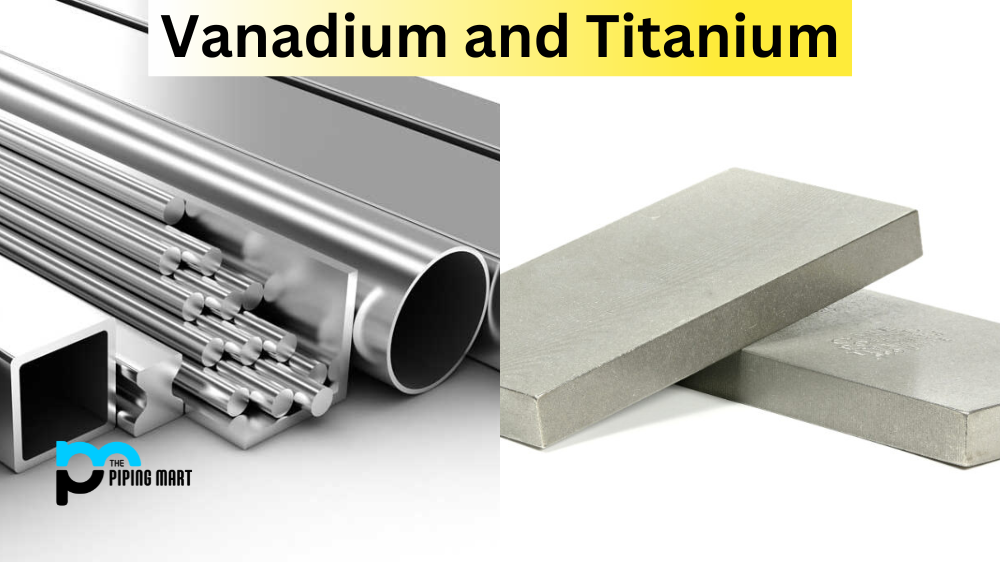Welding is a process used to combine two or more pieces of metal. The most popular method of welding, known as shielded metal arc welding (or SMAW), requires an electric current to form an electrical arc between the metal and a consumable electrode rod. This rod is then melted and forms a bond by fusing the metals. However, there is another type of welding that has become increasingly popular in recent years—known as MIG welding. Let’s explore the differences between these two types of welding processes.
Difference Between MIG and SMAW
The main difference between SMAW (also known as “stick”) and MIG (inert metal gas) welding is that SMAW uses a consumable electrode rod. In contrast, MIG uses a non-consumable wire electrode fed through a gun-like device. This wire electrode then melts into the base metal, forming a bond between them.
MIG also utilizes a shielding gas to protect the weld from airborne contaminants such as oxygen and nitrogen, whereas SMAW does not require this shielding gas. This makes MIG much easier to use than a stick because it eliminates the need for frequent cleaning or replacement of electrodes during the welding process. Additionally, MIG produces less smoke than sticks, making it safer for indoor applications where ventilation may be limited.
Another difference between SMAW and MIG is that with SMAW, you must keep moving while welding. With MIG, you can pause at any point during your welding without interrupting the flow of electricity or damaging the workpiece. Compared to stick welding, this makes it easier to get clean, consistent results with less effort when using MIG welding. Additionally, since there is no need for frequent cleaning or replacing electrodes with MIG, it can be more cost-effective in the long run since fewer supplies are needed over time.
- There are a few key differences between smaw and mig welding.
- First, smaw welding uses a consumable electrode made of metal, while mig welding uses a wire fed through a welding gun.
- Second, smaw welding is manual, while mig welding is semi-automatic.
- Third, smaw welding produces more fumes and smoke than mig welding.
- Fourth, smaw welding is more difficult to learn than mig welding.
- Finally, smaw welds are typically stronger than mig welds.
Conclusion:
When deciding which type of welding process will best suit your needs, consider both SMAW and MIG options carefully before making a decision. Both have their strengths and weaknesses; however, if safety and convenience are important factors for you, then choosing an automated process like MIG may be your best bet in achieving quality results quickly and efficiently without sacrificing quality or safety standards in your workplace. Ultimately

Abhishek is a seasoned blogger and industry expert, sharing his insights and knowledge on various topics. With his research, Abhishek offers valuable insights and tips for professionals and enthusiasts. Follow him for expert advice on the latest trends and developments in the metal industry.




